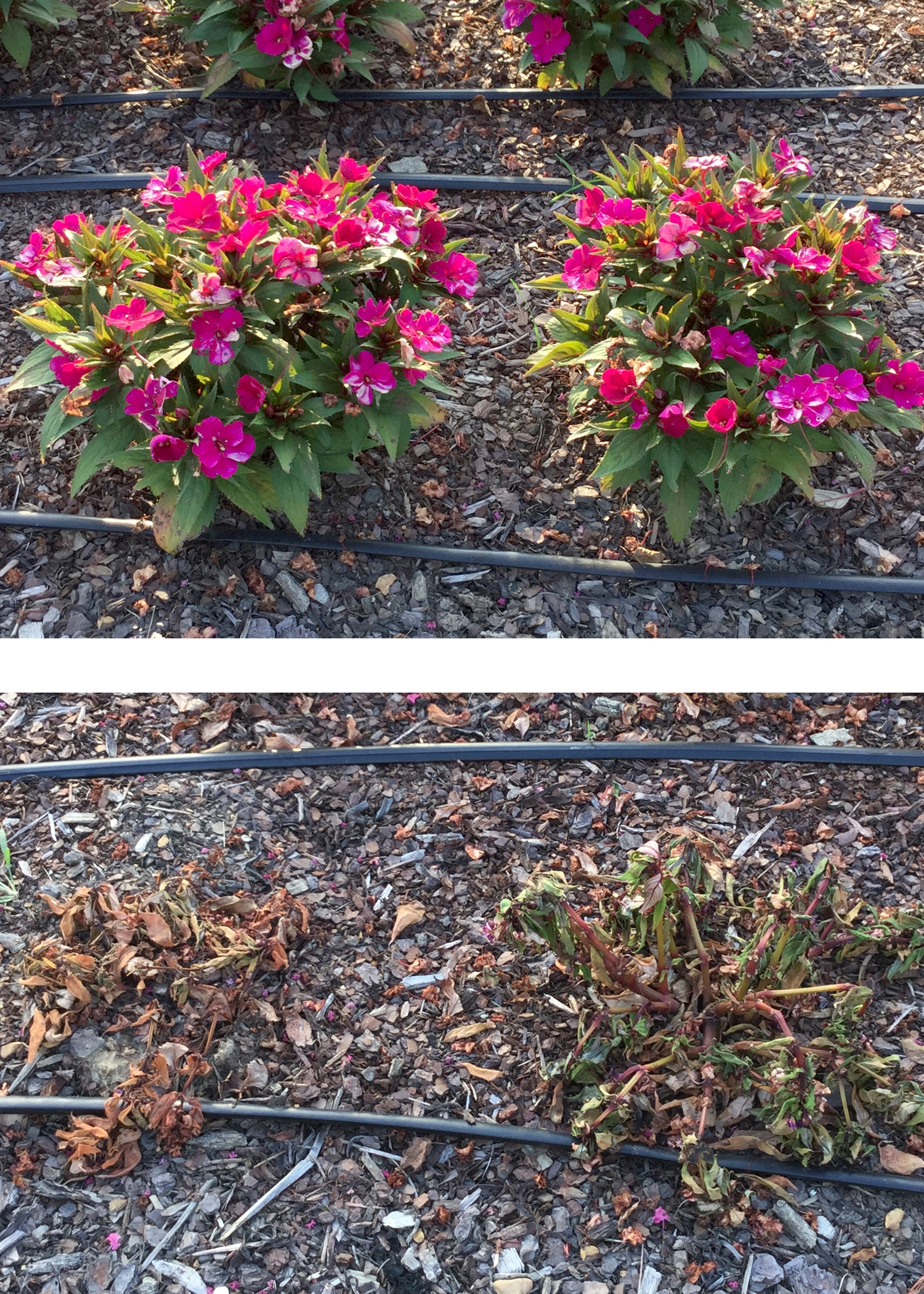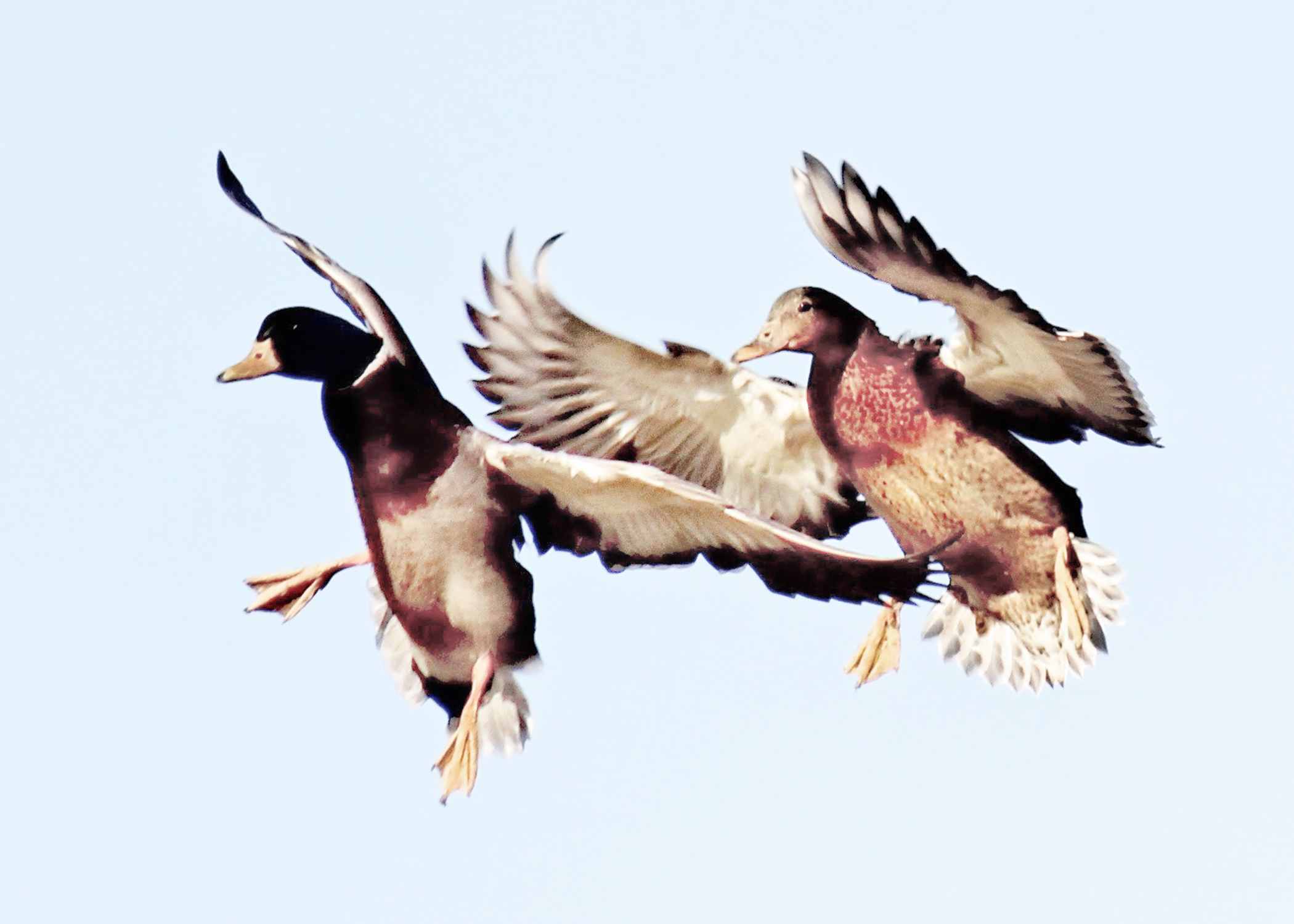STARKVILLE, Miss. -- Many hunters share my favorite recreational activity: bow hunting white-tailed deer.
I am a fan of every benefit offered by archery, which can have a lasting impact on your life. My journey started when I got a youth model compound bow around the age of 12.
They seem to show up at my house every day, whether in sunny, rainy, warm or cold weather. They're relentless. I'm not referring to home-security sales folks; I'm talking about gardening catalogs.
These catalogs arrive in all shapes and sizes, in full color or black and white, and they all encourage us to make sure we're ready for spring. This spring marketing blitz is targeted at gardeners suffering from cabin fever. And the catalogs do succeed in us getting ready, maybe a little too ready if we succumb to their temptations.
STARKVILLE, Miss. -- Heavy winter and spring precipitation can result in water runoff from roads, homes, lawns and parking lots, washing more than water downstream.
CRYSTAL SPRINGS, Miss. -- When impatiens planted as part of a Mississippi State University variety trial died within two weeks, researchers acted quickly and described a pathogen never before seen in this flower.
"We were growing SunPatiens, which are hybrid impatiens immune to downy mildew. This disease has been a big problem for the industry," Broderick said. "The plants were doing really well, but in July they started to look like they were wilting. The stems were collapsing and dying, and in a two-week period, they went from looking relatively healthy to dead."
STARKVILLE, Miss. -- Even adults benefit from involvement in 4-H, the largest youth development organization in the nation.
Rose Coffey Graham became a 4-H volunteer leader in 1982 because she saw a need for young people living in rural Oktibbeha County. She discovered much more.
"I love having opportunities to work with children but also with the other adults. We learn together and have so much fun," she said.
The Controller's Generation II 4-H Club focuses on the essential elements of 4-H, including belonging, independence, mastery and generosity.
Wasn't this past weekend’s cold something else? We've had some cold snaps already this winter but nothing like those low temps. That kind of cold brings our attention front and center to winter.
The previous warm weather had gotten many gardeners a little complacent, including me.
STARKVILLE, Miss. -- Every waterfowl hunter anticipates the cooperation of winter weather to turn the skies black with incoming ducks and geese as migratory journeys deliver the birds to decoy-laden waters in the South.
Southern hunters frequently watch the forecast in hopes that winter weather up North will finally have the ducks packing up and heading our way.







